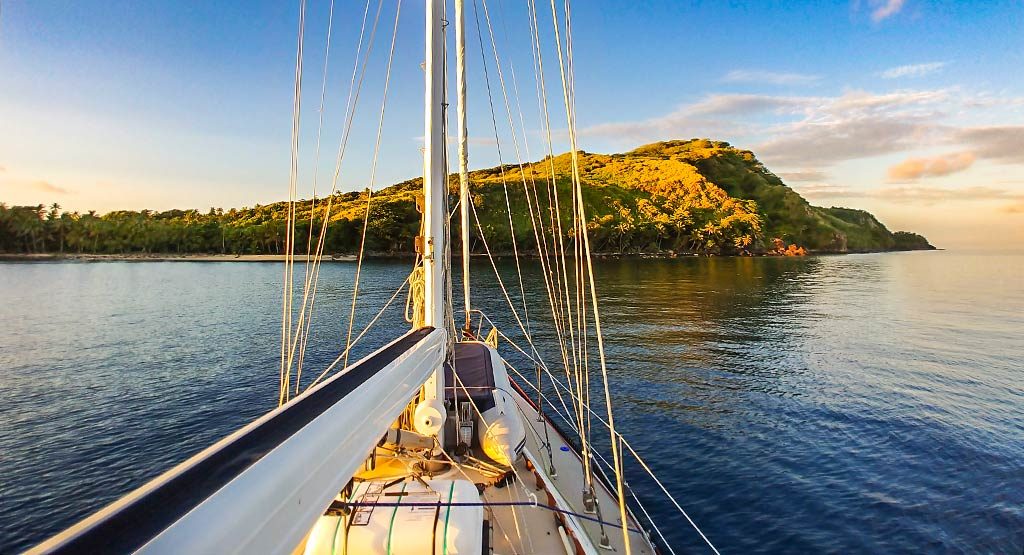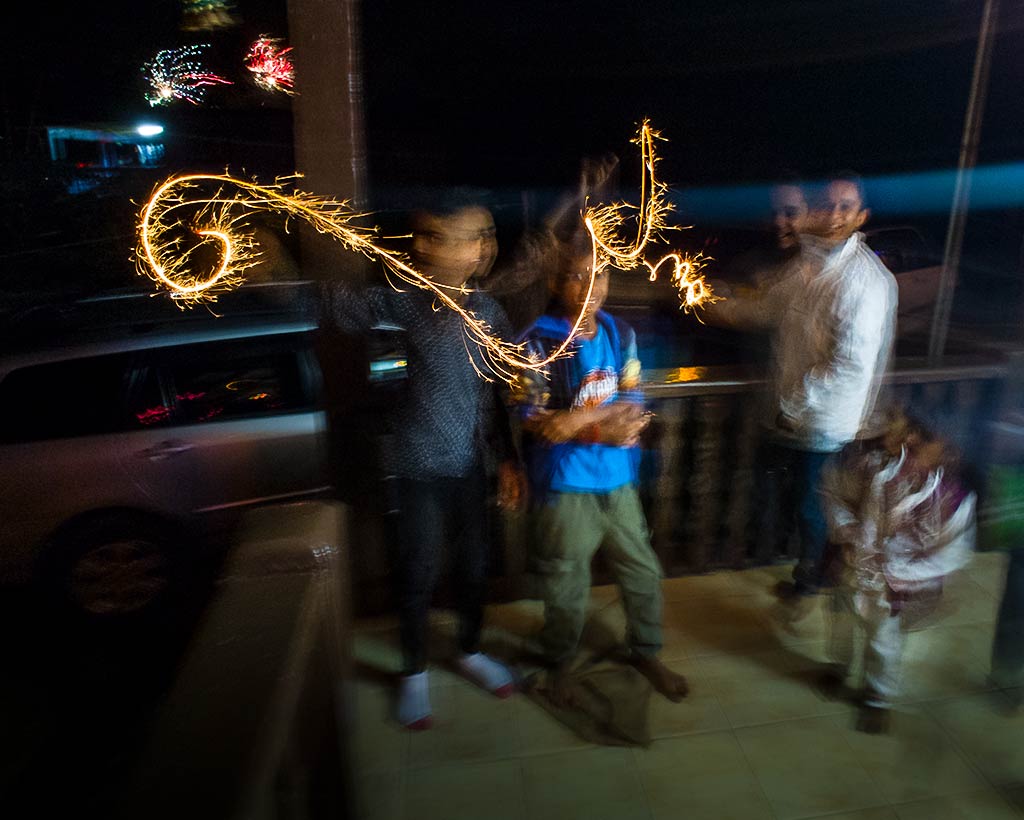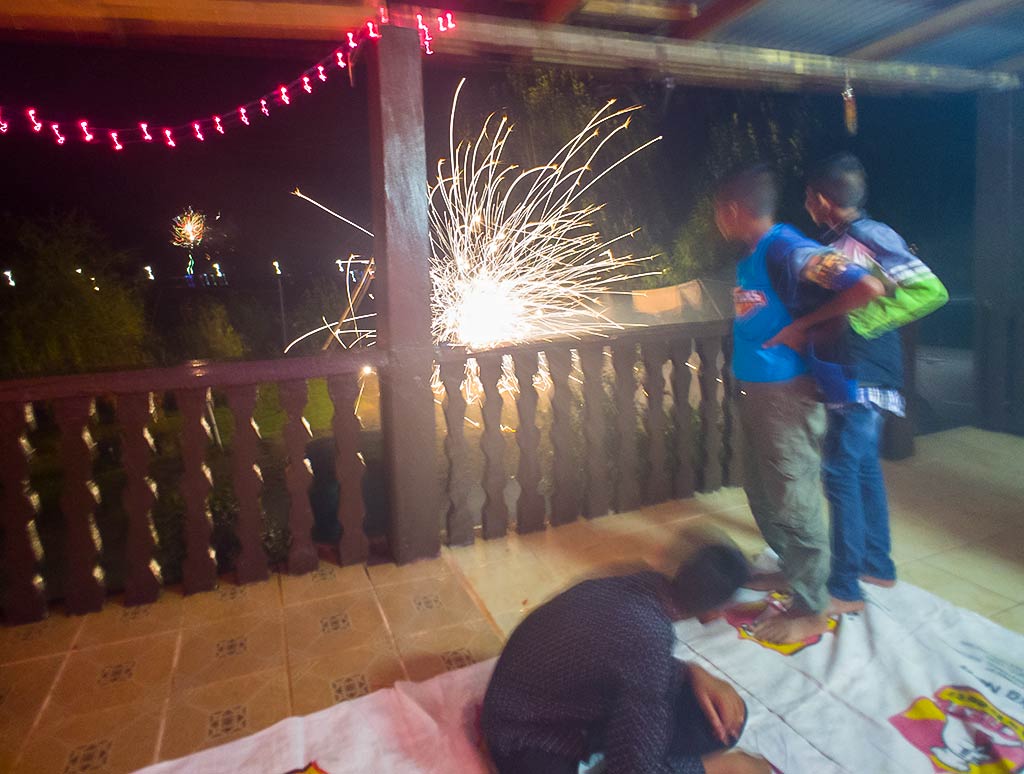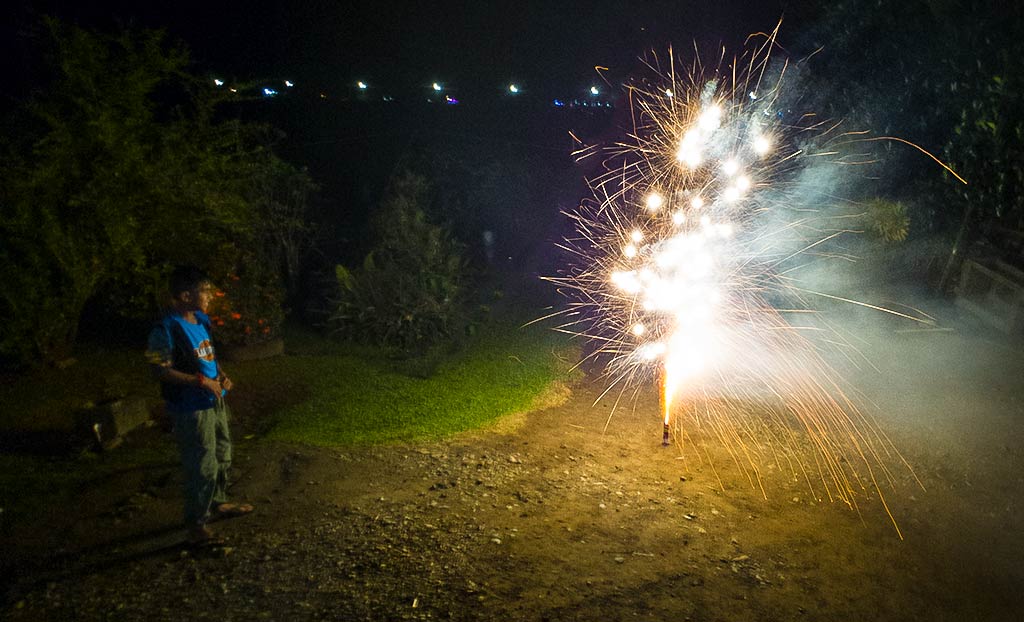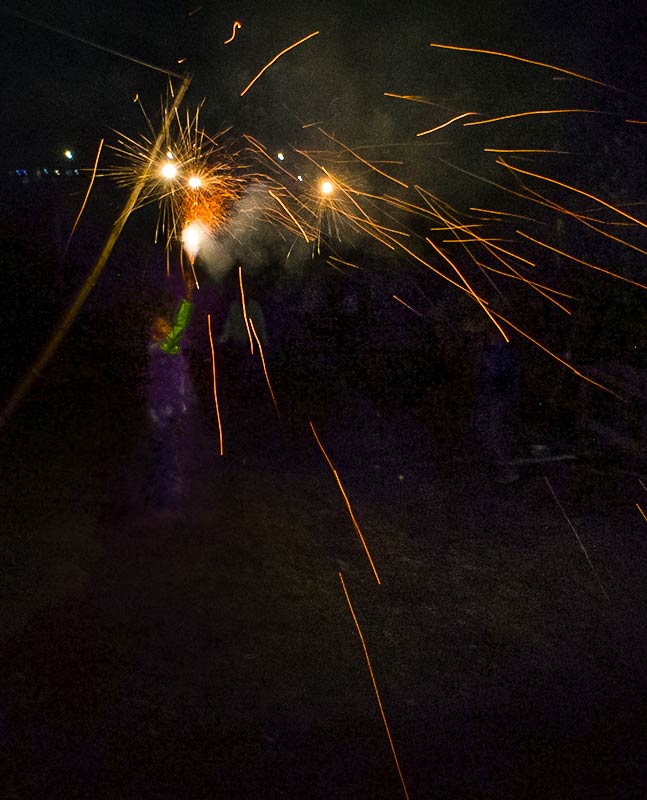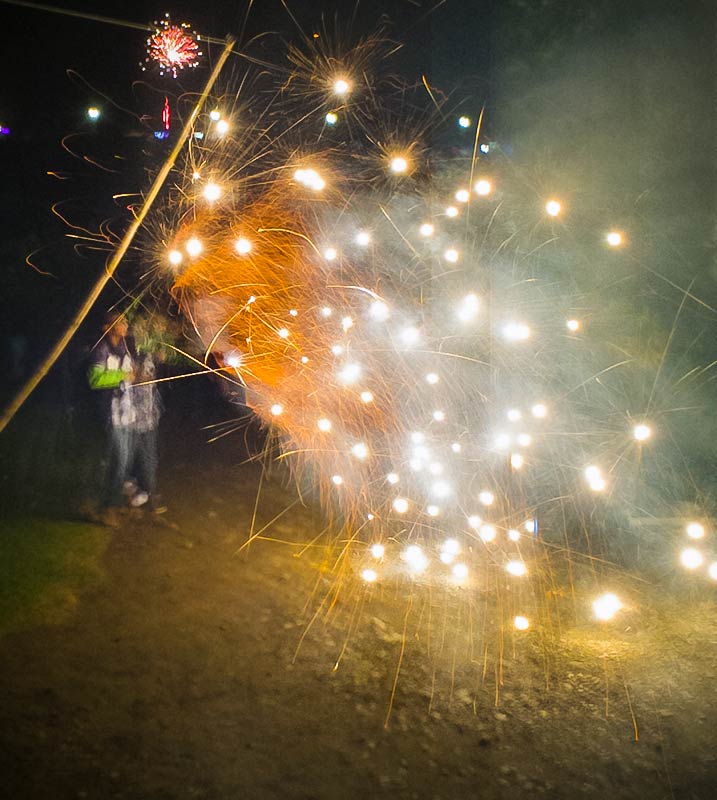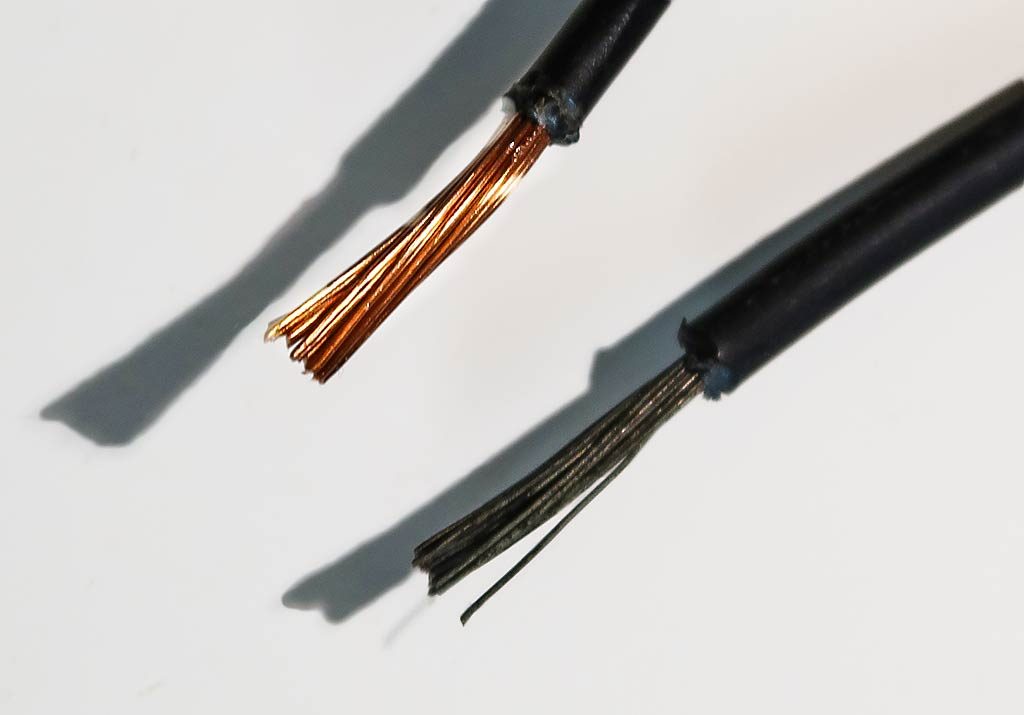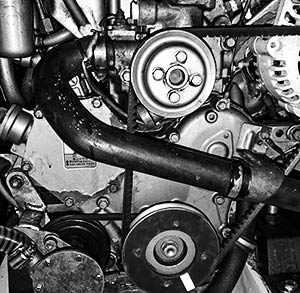October 12, 2018
Cyndi had a plan for this season that was so ambitious that I didn’t believe it possible. Well, I was wrong. Besides traveling around the east side of Fiji, and the west side, and the south side, her plan included a circumnavigation of Viti Levu, Fiji’s main and largest Island. “What is it you hope to see there?” I asked her. She explained that the diving on the north of Viti Levu was rumored to be amazing. Well, we’d seen some pretty amazing diving in Fiji. It couldn’t be any better than what we’d seen, could it? Yeah, it might have been better! (Yes Cyndi, you were right. Again.)
We anchored off a resort called Volivoli Beach Resort, and went ashore to ask about going out diving with them. (And, oh yea, also about dinners and lunches at the resort. Legacy, cruising the world one resort at a time!) They were so welcoming and accommodating. Volivoli is a gem! We ended up booking a couple of dives in a few days time. In the meantime, we figured we could entertain ourselves at their two restaurants.
The reason our booking was a few days off was that they were really busy and there would be fewer people on the dive boat on the day we booked. Perfect. It turns out that the weather would also be perfect with light wind, sun and a clear sky. Because the weather was so good, they took us to a reef that was further away than some of their usual dive spots. Here’s a map showing where we went. It’s an interactive Google map so you can zoom and pan. You can even zoom out far enough to see how you’d get there from Des Moines!
This area, called Rakiraki, is known for the soft coral. It is a just reputation. There were so many different kinds, all in abundance, along with sea fans and so many fish that at times, it was hard to see the soft coral. Since this area is between Fiji’s two main Islands, currents seem to always be an issue. Once we jumped in from the dive boat, we had to immediately descend to avoid being swept away from the reef. It’s that current that carries food past the rocks, making this an all-night-diner for the soft coral.
The other remarkable thing about these dives were the tame fish. Well, not exactly tame, but not skittish either. We were able to get very close to fish that usually dart away from us. The wrasse where downright curious about us. I had one that seemed to enjoy looking at my camera’s LCD. I think he was trying to help me frame my shots.
Note: That video was shot with our little $100 Yi Lite action camera. I’m so pleased with it. It seems I might have scratched the lens so next season, I plan to upgrade to its big brother, the Yi 4K+ which is only about $200, including the housing! For the first time, I edited the video using DaVinci Resolve. This is an amazing program that does everything at a professional level, and it’s FREE! Yes, there’s a paid version that does more, but for now at least, the free version is more than enough for my video efforts. -Rich
Comment from Cyndi:
I will add here that what I hoped to see in Rakiraki was not just beautiful diving, but the two islands just offshore: Nananu-i-Ra and Nananu-i-Thake. They did not disappoint, especially Nananu-i-Thake where we enjoyed a couple of lovely anchorages. We also enjoyed spending time at the Volivoli Beach Resort on Volivoli Point (a peninsula on Viti Levu). This can be a windy area, but we were there during a light-wind period, and the feeling of being surrounded by grassy hills and islands was so peaceful that I would recommend this area as much for non-divers as I would for divers.
As far as the diving, I was worried about damage from Cyclone Winston (2016). As it turned out, the reef does have some areas of damage (which are rapidly recovering), but other areas–key areas–remain as beautiful as ever. With 50 dive sites to choose from, there’s no lack of worthwhile diving here. In fact, the diving we did (Instant Replay and Black Magic Mountain) was some of the best we’ve ever seen anywhere. There was one moment on Instant Replay, drifting along a wall of red and yellow soft corals so dense, waving softly in the current, that it felt like being in an alien place–a very appealing alien place.
Now that we’ve done Rakiraki, we’ve at least touched on all the top dive areas in Fiji. There is so much fantastic diving here that it’s hard to choose, but I’d have to say our favorites have been Namena Island, Rakiraki, and the Beqa shark dive. Close behind is Alacrity Rocks (Kadavu) , the Rainbow Reef (off Viti Levu and Taveuni), and Beqa diving in general. Of course there’s other great diving, too–these are just our particular favorites. –Cyndi

